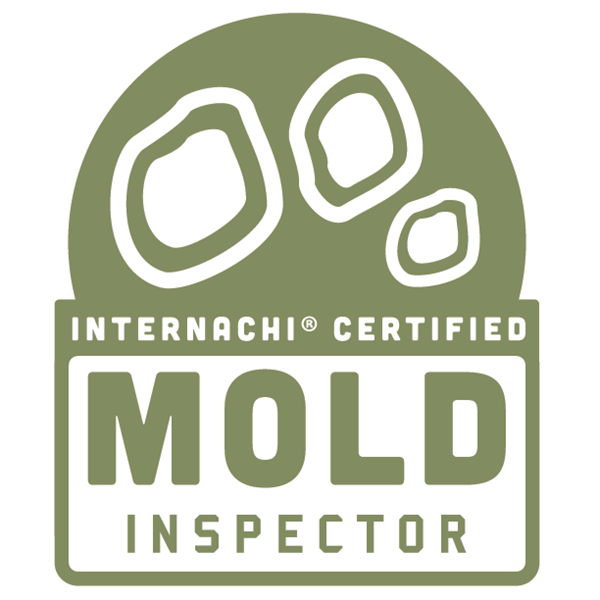Plaster is a versatile and durable building material that has been used in construction for centuries. In older homes, plaster walls and ceilings were often used to create smooth, even surfaces that were easy to paint or wallpaper. However, over time, plaster can deteriorate or become damaged, leading to a variety of problems. In this blog post, we will take a look at some of the common issues associated with plaster in older homes and discuss ways to repair and maintain it.
One of the most common problems with plaster in older homes is cracking. Cracks can appear due to a variety of factors, including settlement of the house, changes in temperature and humidity, and even earthquakes. While small cracks may not be a major concern, large cracks or those that run along a structural beam can indicate a more serious problem.
Another common issue with plaster in older homes is sagging or bulging. This can occur when the plaster is not properly supported or when it has become wet and has lost its structural integrity. Sagging or bulging plaster can be dangerous, as it can indicate a problem with the underlying structure of the house.
In addition to cracking and sagging, plaster can also become stained or discolored over time. This can be caused by water damage, exposure to smoke or chemicals, or even just age. Stains and discoloration can make a room look unsightly, but they can often be cleaned or painted over.
It is important to note that in some cases plaster can contain asbestos. Asbestos was used in a large variety of building materials pre 1970’s. As long as the plaster is in good shape the risk of releasing asbestos fibers into the air is relatively low, however you may wish to have the plaster tested if you are planning on removing large sections or have damaged areas of plaster.
To repair plaster, it's important to first assess the damage and determine the best course of action. Minor cracks and holes can be repaired with spackling compound, while larger cracks and areas of sagging may need to be reinforced with mesh and more plaster. If there is any indication of structural damage, it's important to have a professional assess the situation before attempting any repairs.
To maintain plaster in older homes, it's important to keep the walls and ceilings dry. This means fixing any leaks or water damage as soon as they occur and avoiding exposure to excessive humidity. Additionally, it's a good idea to repaint or re-wallpaper the walls every few years to protect the plaster from exposure to light and the elements.
In conclusion, plaster is a durable and traditional building material that can be found in many older homes. However, plaster walls and ceilings can be subject to cracking, sagging and discoloring over time. By understanding the common issues and taking steps to maintain and repair it properly, homeowners can ensure that their plaster walls and ceilings remain beautiful and functional for many years to come







